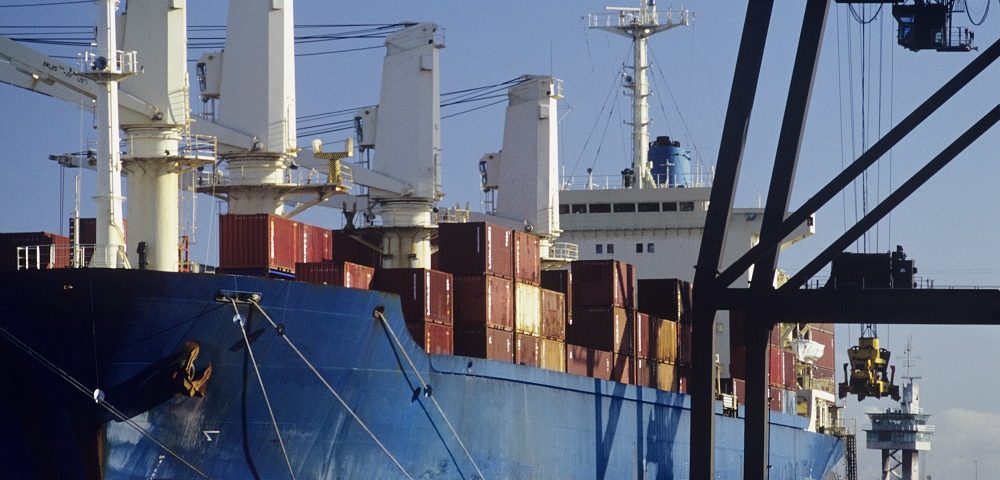- Have any questions?
- 0477 003 432
- 0428 801 500
- sales@truebluecontainers.com.au

What Sea Container Size Do I Need?
May 26, 2021
Why Are Containers So Crucial To The Shipping Industry?
June 28, 2021Brief History of Sea Containers
Recently, the Ever Given, a gigantic container ship the length of four football pitches lying end-to-end, became wedged across Egypt’s Suez Canal. The whole world looked on with bated breath as the massive ship blocked one of the world’s busiest trade routes.
Approximately 12% of global trade passes through the Suez Canal. This stretch of water connects the Mediterranean to the Red Sea and provides the shortest sea link between Asia and Europe.
When the container ship got stuck, it made news around the world. Every day the Ever Given remained wedged in one place, cost suppliers thousands of dollars, as stock stored onboard in shipping containers was kept off the market.
Shipping containers are vital to the transportation of goods across the globe. Everyone knows what they are, but they don’t often think about how central these steel boxes are in transporting the many items we see in our homes, workplaces, and our lives in general.
Read on to learn a little about the history of shipping containers.
Where were sea containers first made?
The late 1950s in the USA saw the development of commercial containerisation. Interestingly, it was Australia who manufactured the first purpose-built container ship. Kooringa, was designed and built in Australia in 1964 for Australian domestic trade routes. Today, more than 60% of goods shipped via the ocean are inside shipping containers.
A brief history of sea shipping containers
Before shipping containers appeared, people used barrels, sacks, and wooden crates of all shapes and sizes to carry goods to ports, where they were loaded onto the dock, then transferred to waiting ships for their ocean journey. This process was called break-bulk shipping.
How the coal mining industry gave birth to shipping containers
In the late 1700s it was coal mining in England that was integral to the development of shipping containers. Special horse-drawn wagons were built to carry wooden boxes containing large amounts of coal from the mines to boats waiting on nearby canals. Workers then transferred these boxes onto ferries.
It wasn’t long before railways transported coal. Larger rectangular timber boxes were placed on flat carriages and moved by rail. Then, they arrived at their final destination by horse-drawn wagons. While these wooden boxes could be stacked on top of each other, they were flimsy and difficult to handle. By the 1840s, iron boxes were being used instead of timber as the need for goods in far-flung countries grew.
How World War II boosted the shipping container industry
The US Army developed specialised shipping containers to fast-track loading and unloading war machinery and other supplies during World War II. These containers were called ‘transporters’ and were reusable steel containers with an average capacity of 9,000 pounds.
These days, an average sea container vessel can handle more than 16,000 containers on a single journey. Mega cargo ships like the Ever Given are designed to carry over 20,000 containers.
Why choose True Blue Containers as your sea container supplier in Perth?
True Blue Containers is a shipping container provider that offers top-quality storage solutions for commercial, consumer, and heavy industry requirements. Whatever size, need, and modification you have in mind, our Perth-based experts, can help fulfill your storage specifications.
Whether you’re looking to hire or buy shipping containers, or need advice regarding shipping container storage, we have the best choices available for your needs. Give us a call or leave us a message and let our True Blue Containers team take care of your shipping container needs!

